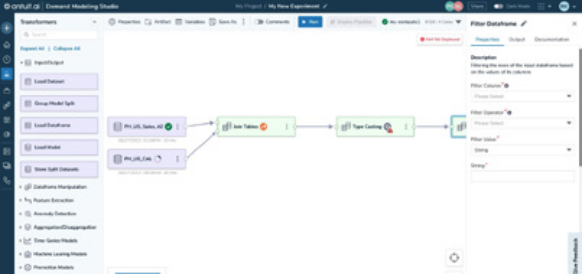If the last few business cycles have taught us anything, it has been the importance of proactively managing inventory levels against the impact of business cycle swings and shifts in consumer demand. Retailers take great care in selecting the right products for the right locations in the right quantities. But once products are on the shelves and selling starts, imbalances can appear. Inventory builds up where it’s not wanted and runs out where there is higher demand.
That’s when pricing goes to work. It’s the key lever for recalibrating inventory to demand once products have hit the shelves. Coordinated pricing action for in-season and clearance season sales individualized to match each product and location’s own demand and inventory drives better results: better sales, better margin, better sell-through.
Especially toward product end-of-life, inventory must be steered to align with coincident consumer demand. Too often, however, pricing decisions throughout the product lifecycle are ill-informed by historical data and/or simplistic rules-based practices. To use pricing as an effective tool to improve inventory management, retailers need a forward-looking tool that anticipates consumer in-season behavior as it’s playing out and one that provides relevant pricing recommendations at a location/product level. In this way, inventory can be proactively managed to minimize possible margin and revenue losses synergistically across the combination of both in-season and clearance.










